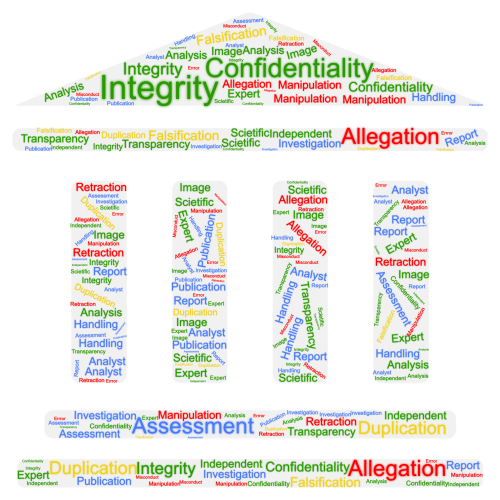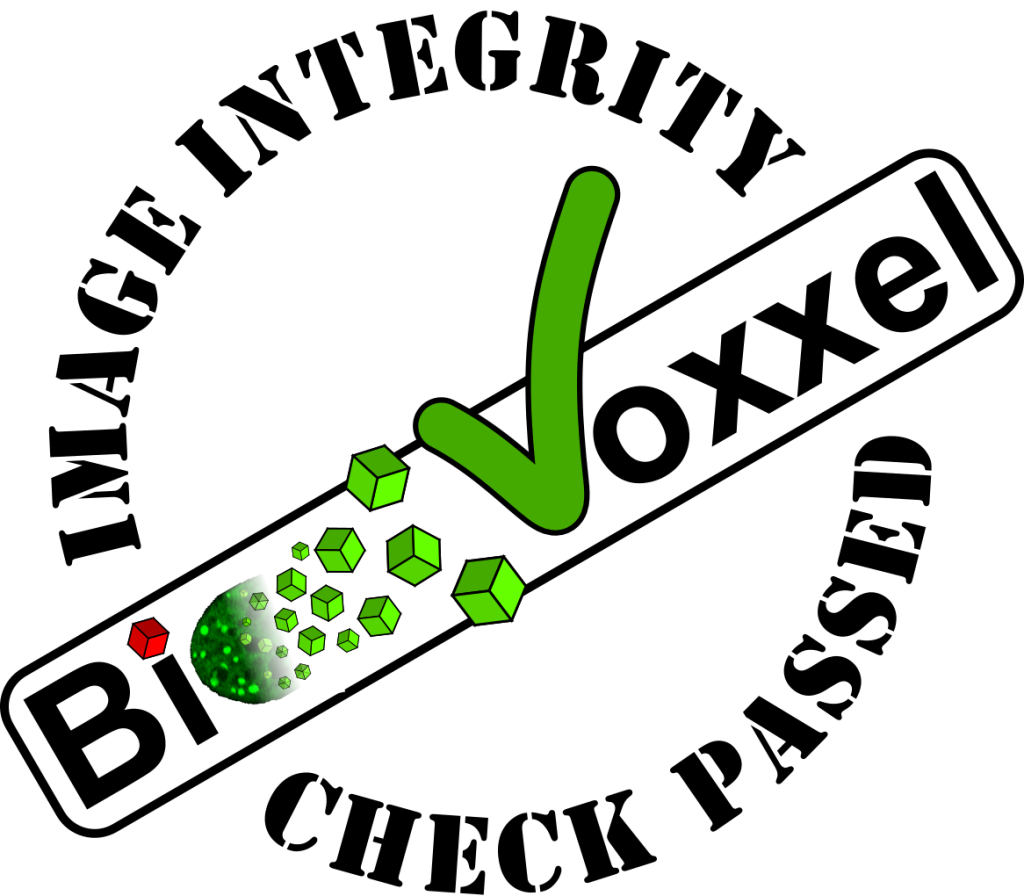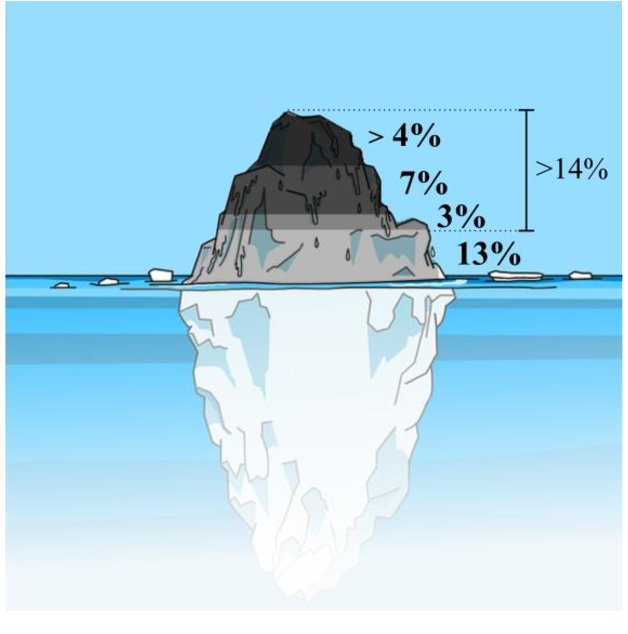Why Image Integrity needs Assessment
Most cases of inappropriate image manipulation are unintentional and rather due to a lack of an in depth knowledge of the image processing software used. A related study showed that around 20-25% of accepted papers contain at least one inappropriately modified image [1]. This is where guidelines and specific training of scientists will bring strong improvements. Nevertheless, quality assurance is important regarding these data alterations [2-9].
Unfortunately, there are also cases of image manipulations on purpose which are hard to prevent in a landscape of publication pressure and impact factors. Investigations carried out by the Office of Research Integrity (ORI) constantly show that misconduct due to image data manipulation and fabrication is not only an isolated case. Those data manipulation of any nature will latest be detected when turning out not to be reproducible [2] but this is way too late. Detection prior to publication is the best option for all instances involved.

Fact is, that many scientific journals neither have the capacities, nor the time and in-depth image processing expertise to screen all submissions for inappropriate image editing or image fabrication on a regular bases.
Early detection of image data manipulation is key to…
- ensure publication of high quality and least biased results!
- maintain public trust and credability in science!
- preserve the reputation of research institutions and journals!
- responsibly and sustainably use public funding resources!
- avoid affecting new research by hypotheses based on altered data!
- make medical development faster and safer!
Ensure Your Image Data Integrity – Consider BioVoxxel’s Expertise
For Authors and Research Institutions
- Get official quality badge to prove independent quality control towards journals
- Get a detailed report with indications of necessary improvements and image related issues
- Rule out accidental duplicate images in the complete manuscript pre-publication
- Quality control and tips regarding optimal figure setup and image resolution or artifacts
- Rule out missing features and important indicators (labels, calibration bars, scale bars,…)
- Optional: check for potential manipulations

For Journals
- Regular or random screening of all or selected submitted figures for issues
- Detailed checking for duplicates as well as manipulation traces with over 40 methods
- Assessment or second opinion as independent expert in misconduct cases
- Detailed report about findings
- Charged on figure/manuscript quota base or for individual submissions
For Research Integrity Officers (RIO)
- Full confidentiality guaranteed !
- whistleblower anonymity
- privacy protection
- data protection
- Support as independent expert in cases of suspected image manipulations
- Support during misconduct investigations
- Detailed reports about findings
- BioVoxxel is Individual Research Integrity Practitioner Member of ENRIO

How BioVoxxel addresses Image Integrity
- screening of images for signs of inappropriate image editing (“beautification”) even beyond existing official, high standard guidelines [1-9]
- pre-submission and pre-publication assessment including certification
- in-depth post-publication assessment of potential image manipulation or fabrication
- strict quantitative and qualitative evaluation based on over 30 different methods and in-house developed algorithms
- context-related impact assessment by an experienced scientific expert.
- detailed reports on findings.
Further reading

From the publication:
Seeing the Big Picture – Scientific Image Integrity under Inspection
The tip of the iceberg. Prevalence of inappropriate image editing and manipulation as detected in the small scale study elaborated in the text above. In the scrutinized publications >14% could be classified as (most likely deliberate) image manipulation of different severity. Thereof, over 4% would alter scientific outcome or conclusions drawn. Another 7% very likely at least influence outcome and conclusion, while 3% might have little to no influence on data. Furthermore, in 13% of the scrutinized publications, figures with inappropriate image editing issues were identified.
Teaching
Education is the best prevention against unintentional but inappropriate image manipulation. BioVoxxel communicates commonly accepted strict standards on image processing for scientific images through workshops for scientists
Consultancy and Support
BioVoxxel offers consultancy regarding the development of customized image analysis tools to reduce user bias during analyses and improve and secure reproducibility, documentation, transparency and reporting.
References
[1] Digital Images Are Data: And Should Be Treated as Such
[3] Seeing the Scientific Image
[4] Science journals crack down on image manipulation
[5] Guidelines for Best Practices in Image Processing
[7] Digital Image Ethics – University of Arizona (by Douglas Cromey)
[8] What’s in a picture? The temptation of image manipulation
[9] Manipulation and Misconduct in the Handling of Image Data
